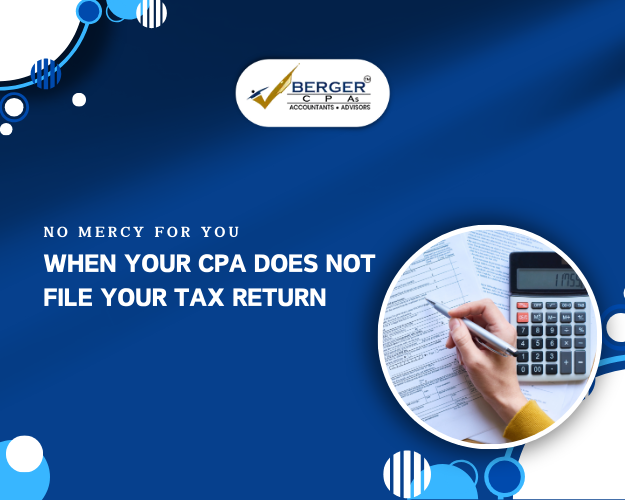
Act Now! Get Your Safe-Harbor Expensing in Place
Create and protect your safe harbor expensing for you, your partnership or corporation with a formal election on your tax return to use the de minimis safe harbor to expense assets costing a maximum of $2,500 (or $5,000 with applicable financial statements).
Some of the burdens eliminated by safe-harbor election are tracking small dollar assets, depreciating and/or Section 179 expensing them in your tax returns and account books, and removing them from your books when the assets are removed from your business.
So, what is safe-harbor in IRS language? It means that the IRS will accept the expensing of the qualified assets if you properly abided by the safe-harbor rules. If your asset purchases do not qualify for safe-harbor expensing, not to worry, choose Section 179 expensing and Section 168(k) for bonus depreciation.
For those of you who wants to go for safe-harbor expensing for 2024, here is what you need now. If you have used safe-harbor expensing in previous years, then you should see safe-harbor election on those previous year tax returns.
What is Safe Harbor?
The de minimis safe harbor, during implantation
- Requires you to immediately deduct as business expenses any assets with less than a specific dollar amount that you select within limits
- Gives you a regulatory advance agreement from the IRS that it will not, in an audit, challenge your election to expense.
Understanding your limit
There are two safe-harbor rules; one is for you. You may or not have an applicable financial statement (AFS) for your business. But if a certified public accountant (CPA) audit is done to your financial statement, you have an AFS.
Here is the difference between having an AFS and not having an AFS:
- With an AFS, you can create tax deductible $5,000 expensing per invoice or item,
- Without an AFS, you can create tax deductible $2,500 expensing per invoice or item
Simple steps to create the Safe Harbor
- At the beginning of the tax year, you must have an accounting policy in place. For safe harbor protection, you must have an expensing of an amount of your choice, either upto $2,500 or $5,000 limit. You must comply with this expense policy in your books and records. For a policy of expense items costing a maximum $2,500, you must expense every such item in your books. Remember, you cannot just expense some items and capitalize the others.
- At the beginning of the tax year, your expense policy should be put in writing as per the requirements of the IRS, if you have an AFS. For those who do not have an AFS, according to the IRS, the accounting procedures should be in place at the beginning of the year that treat the safe harbor amounts as expenses for non-tax purposes.
- Only those items documented by invoices are eligible for safe harbor, so save your invoices. An invoice can prove the purchase and a canceled check, credit card charge or bank transfer can prove your payment. Therefore, keep the proof of payment and purchase in your tax files.
- You must make an election on your tax return every year. To make the election, just attach a statement to your federal tax return and file it before the due date (including extensions). Title the statement as “Section 1.263(a)-1(f) De Minimis Safe Harbor Election and add your name, address, and social security number. Attach a statement that you are making a de minimis safe-harbor election under Reg. Section 1.263(a)-1(f).
When you sell or dispose of a safe harbor property, don’t treat it as a capital asset under Section 1221 or as property used in trade or business under Section 1231.
Takeaways
- Safe harbor expensing is uncomplicated because you don’t have the recapture period and hence is superior to Section 179.
- Safe harbor expensing takes depreciation out of the equation
- Safe harbor expensing can simplify your tax and business records as no assets are clogging your books
- The overall ceiling on Section 179 expensing is not reduced by Safe harbor expensed assets.
The expense policy must be in place at the beginning of the year. The expense policy should be put in writing and followed. The invoices should be maintained and the annual election to expense on your federal income tax return must be made.

 Client Login
Client Login





